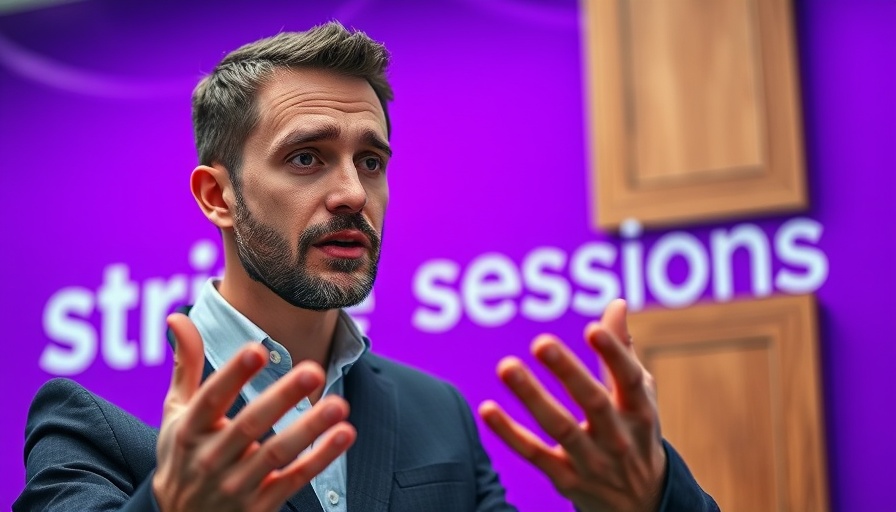
Stripe Takes a Leap into AI-Driven Payments
In a groundbreaking move unveiled at its annual Stripe Sessions user event, fintech giant Stripe has rolled out several innovative products, notably an AI foundation model specifically designed for payment processing. The announcement highlights a significant shift in how payments will be managed with the integration of artificial intelligence, a step further solidified by a deeper partnership with tech titan Nvidia.
Understanding the AI Model’s Impact
As described by Stripe’s head of information, Emily Glassberg Sands, this new AI foundation model has been trained on tens of billions of transactions. The sophistication of this model allows it to identify subtle signals surrounding each payment, making it vastly more efficient at detecting fraud. In less than 24 hours, businesses utilizing this model have reported a stunning 64% increase in detecting card-testing attacks, a prevalent form of fraud where individuals use stolen information to test card validity.
A Closer Look at Card-Testing Attacks
Card-testing attacks have posed challenges to merchants for years, often leading to financial losses and increased operational costs. Stripe's continuous improvements in fraud detection have already led to an 80% decrease in such attacks over two years, using previous models. However, with the new AI foundation model, the company can now process and analyze its extensive dataset in a way that was not possible before.
A Competitive Landscape
While Stripe is leading the charge, the fintech space is heating up. Competitors like Sardine, an AI-driven risk platform for fraud detection, are also making strides. Sardine impressed investors recently with a $70 million Series C funding round. The proliferation of AI models in fraud detection signals a pivotal moment for financial services, as companies strive to leverage big data to combat growing cybersecurity threats.
Navigating the Future with Partnerships
Another notable announcement during the Stripe Sessions was the company's plan to introduce stablecoin-backed multicurrency cards for businesses. Stripe aims to collaborate with startups such as Ramp, Squads, and Airtm to achieve this goal. This move is significant, particularly as Stripe recently acquired the stablecoin platform Bridge, a strategic step toward enabling seamless transactions across borders.
Optimizing Payment Solutions with Orchestration
Furthermore, Stripe is looking to enhance user experience with its new Orchestration offering. This feature sets out to assist businesses in managing multiple payment providers from a single dashboard, ensuring streamlined operations regardless of which payment processor they opt for. By optimizing performance, Stripe hopes to reduce pain points for businesses that need efficiency, particularly in today’s rapidly evolving financial landscape.
Conclusion: A Transformative Era in Payments
As Stripe unrolls its cutting-edge technologies, the fintech sector is watching closely. The convergence of AI and fintech creates innovative solutions that promise to reshape payment landscapes. For businesses looking to enhance security and efficiency, Stripe’s new offerings may just provide the tools they need to thrive in a digital-first economy.
 Add Row
Add Row  Add
Add 



Write A Comment